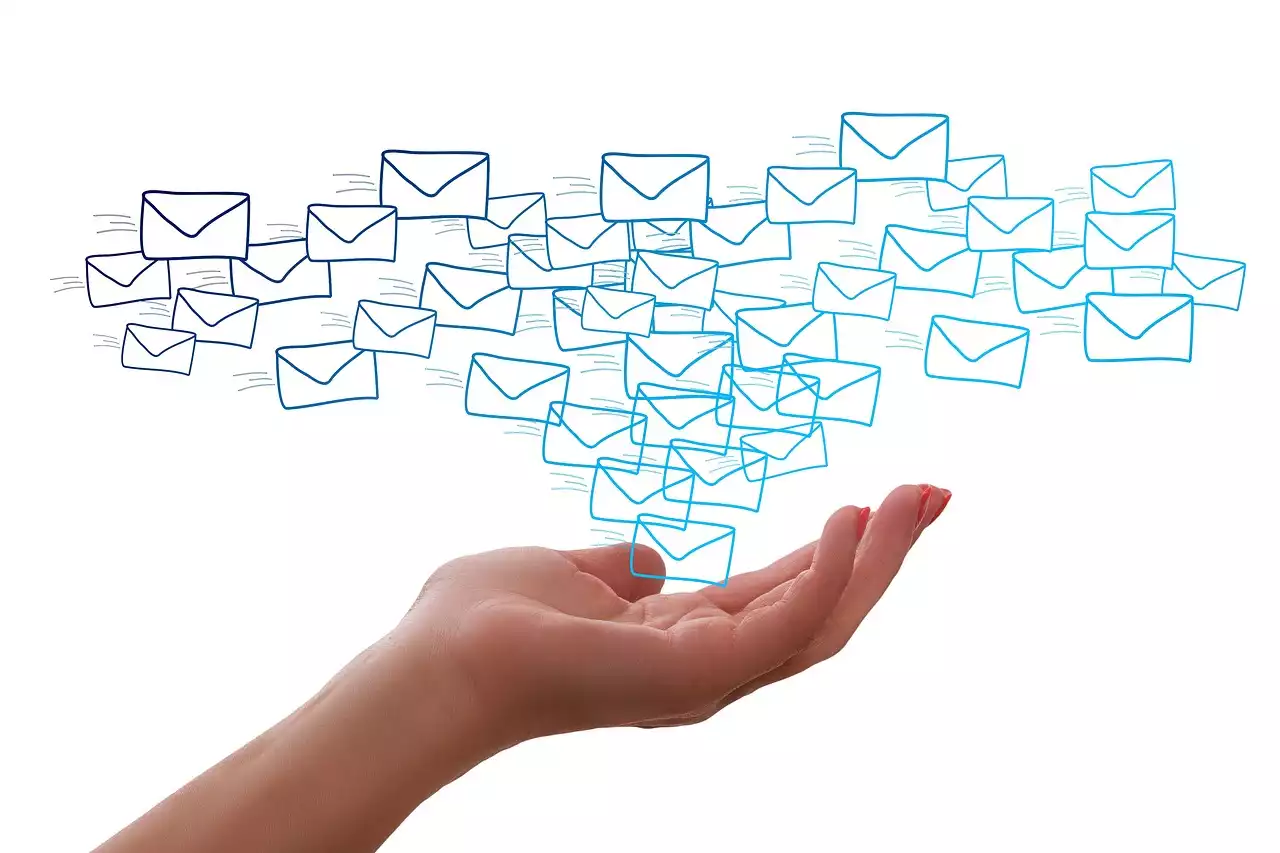The Importance of a Successful Email Marketing Campaign
Email marketing has been around for a long time, and there's a good reason for it. It's a highly effective way to reach out to your target audience and drive conversions. With the rise of social media and other digital marketing channels, email marketing may seem like an outdated strategy. However, email still remains one of the most effective ways to connect with your customers and prospects.
According to a report by HubSpot, email marketing generates an average ROI of 3800%. That's a huge return on investment, and it's one of the reasons why businesses continue to invest in email marketing campaigns. Email marketing is also highly measurable, which means you can track the success of your campaigns and make data-driven decisions to improve your results.
A successful email marketing campaign can help you achieve a variety of business goals, such as increasing brand awareness, generating leads, driving sales, and improving customer retention. However, to achieve these goals, you need to create a well-crafted email marketing strategy that resonates with your target audience.
Email Marketing Statistics
Before we dive into the case study, let's take a look at some email marketing statistics to understand the impact of email marketing campaigns.
- According to Statista, there were 4 billion email users worldwide in 2020, and this number is expected to grow to 4.6 billion by 2025.
- A report by Litmus found that the average email open rate across all industries is 24.79%.
- The same report found that the average click through rate across all industries is 4.19%.
- According to Campaign Monitor, segmented email campaigns have a 14.32% higher open rate than non segmented campaigns.
- A study by SaleCycle found that abandoned cart emails have an average open rate of 46.5% and a click through rate of 13.3%.
These statistics show that email marketing campaigns can have a significant impact on your business if done correctly. Now, let's take a look at some of the most successful email marketing campaigns we've created for our clients.
Case Study Overview
For this case study, we will explore three different email marketing campaigns that achieved impressive results for our clients. The first campaign was designed to drive sales for an e-commerce store, the second campaign was focused on increasing webinar registrations, and the third campaign was aimed at improving customer retention for a subscription-based service.
Each campaign had a unique goal and target audience, and we used a variety of strategies and tactics to achieve these goals. We'll dive into the specifics of each campaign in the following sections.
Setting Goals for Your Email Marketing Campaign
Before you start creating your email marketing campaign, it's important to set clear goals and objectives. What do you want to achieve with your campaign? Do you want to increase sales, generate leads, improve customer retention, or something else?
Once you've identified your goals, you need to define specific metrics to measure the success of your campaign. For example, if your goal is to increase sales, you might measure the conversion rate or revenue generated from your campaign.
Setting clear goals and metrics will help you stay focused and make data-driven decisions to improve your results. It will also help you measure the ROI of your email marketing campaigns and demonstrate the value of email marketing to your stakeholders.
Crafting Your Email Marketing Strategy
Once you've set your goals, it's time to create your email marketing strategy. Your strategy should outline the key elements of your campaign, such as your target audience, messaging, offer, and timing.
Your target audience is one of the most important elements of your email marketing strategy. You need to understand your audience's needs, pain points, and motivations to create email content that resonates with them. You can segment your audience based on demographics, behavior, or other criteria to personalize your messaging and improve your results.
Your messaging should be clear, concise, and focused on the benefits of your offer. Your offer should be compelling and relevant to your audience's needs. You can use incentives, such as discounts or free trials, to encourage your audience to take action.
Timing is also an important element of your email marketing strategy. You need to send your emails at the right time to maximize your open and click-through rates. You can use email automation features to schedule your emails based on your audience's behavior or preferences.
Creating Engaging Email Content
The success of your email marketing campaign depends on the quality of your email content. You need to create engaging and relevant content that captures your audience's attention and encourages them to take action.
Your subject line is the first thing your audience sees when they receive your email, so it's important to make it compelling and relevant. You can use personalization, urgency, or curiosity to make your subject line stand out.
Your email content should be concise and focused on the benefits of your offer. You can use images, videos, or GIFs to make your content more engaging and visually appealing. You should also include a clear call-to-action that encourages your audience to take action.
Designing Your Email Template
The design of your email template is also important for the success of your email marketing campaign. Your email template should be visually appealing, easy to read, and optimized for mobile devices.
You can use a pre-designed email template or create a custom template that reflects your brand's style and personality. Your template should include your logo, brand colors, and a clear hierarchy of information.
You should also optimize your email template for mobile devices, as more than half of all emails are opened on mobile devices. You can use a responsive design that adapts to different screen sizes or create a separate mobile-friendly version of your email.
Measuring the Success of Your Email Marketing Campaign
Measuring the success of your email marketing campaign is essential to improving your results. You need to track key metrics, such as open rates, click-through rates, conversion rates, and revenue generated.
You can use email marketing software, such as Mailchimp or Constant Contact, to track these metrics and analyze your results. You can also use A/B testing to test different elements of your email campaign, such as subject lines, messaging, or offers, to improve your results.
Key Takeaways from the Case Study
The three email marketing campaigns we explored in this case study achieved impressive results for our clients by using a variety of strategies and tactics. Here are some key takeaways from these campaigns:
- Define clear goals and metrics to measure the success of your email marketing campaign.
- Segment your audience based on demographics, behavior, or other criteria to personalize your messaging and improve your results.
- Create engaging email content that captures your audience's attention and encourages them to take action.
- Optimize your email template for mobile devices to maximize your open and click through rates.
- Use email automation features to schedule your emails based on your audience's behavior or preferences.
- Measure key metrics, such as open rates, click through rates, conversion rates, and revenue generated, to track the success of your email marketing campaign.






.png?size=50)



.png?size=50)